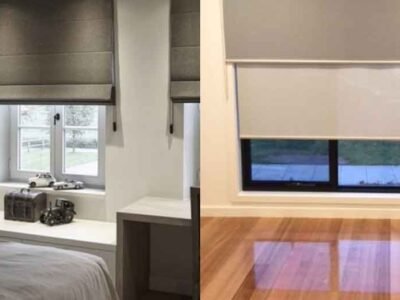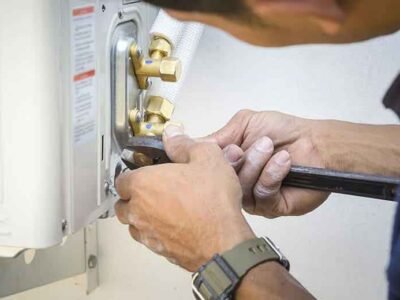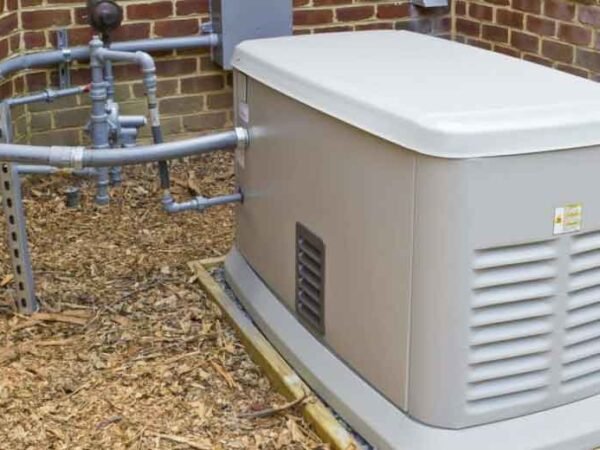Image by freepik
Many homeowners dream of having their own dedicated space for projects, but feel limited by the compact dimensions of a standard garage. However, there are smart organization tricks that can convert even the most modest garage into an efficient, comfortable workshop.
Initial Planning and Assessment
Any limitations mean you’ve got to plan carefully before diving into any changes. Start by measuring your space – ceiling height, odd corners, anything that might get in the way of your setup. Keeping track of those numbers makes it easier to map out storage. This way, you’ll figure out where you can squeeze in the bigger gear without messing up the workflow.
Power is usually the real headache in garage makeovers. Most home garages barely have enough juice for basic stuff, let alone power tools and heavy equipment. You’ll want a licensed electrician to check out your current setup. That usually means looking at the main panel to see if it can handle more, figuring out if you need extra circuits, and thinking through where the outlets should go so you’re not tripping over cords or coming up short when you need to plug something in.
Smart Storage Solutions
Wall-mounted setups – pegboards, slat walls, those magnetic tool holders – are great for using every inch of vertical space. You can keep the tools you grab the most right where you can see them. Modular systems are handy too; if your needs shift later on, you can swap sections around as you go.
A waterproof workbench with steel top is surprisingly solid for stationery storage. People usually think of these for the back of a pickup, but they’re tough, lockable, and keep tools in good shape even in rough shop environments. They’ve got compartments for all the little pieces that otherwise get lost, and a lot of mechanics stick with them because they’re easy to reach into and tough enough to take a beating.
Essential Infrastructure Updates
Proper lighting transforms a dim garage into a professional workspace. LED shop lights provide bright, energy-efficient illumination while generating minimal heat. Install lights in strategic locations to eliminate shadows on workbenches. This will create an environment suitable for detailed work. Task lighting can supplement overhead fixtures in areas requiring extra illumination.
Ventilation plays a top-shelf role in maintaining air quality and comfortable working conditions. Install exhaust fans to remove dust, fumes, and excess heat. Add insulation to walls as well as garage doors to regulate temperature year-round while reducing energy costs. These infrastructure improvements create a foundation for a functional garage shop.
Maximizing Floor Space
Storage compartments make it easier to use every inch of space. Fold-down work surfaces give you extra room to work when you need it, but stay out of the way the rest of the time. If you put them on solid hinges, they’ll handle a surprising amount of weight. When you’re finished, just fold them flat against the wall. Put these surfaces where they make sense and you can set up a work area quickly, without blocking the usual pathways through the shop.
Safety and Accessibility
Fire safety gets tricky in tight quarters. Keep fire extinguishers close to the spots most likely to need them. Don’t let anything block your path to the exit, so in case of trouble, you can get out fast. Smoke detectors as well as carbon monoxide alarms are a must; they’ll warn you early if something starts to go wrong.
How you store your tools matters for safety, too. Keep the ones you grab most out in the open so you don’t have to stretch or dig awkwardly. Give safety gear its own spot so there’s no scrambling in an emergency. It’s smart to make checking and maintaining all this equipment a regular part of the shop routine.
Climate Control
Comfort and tool care both hinge on keeping the temperature just right. A portable heater works well to warm up smaller shops in winter; in summer, set up fans to keep air moving. If you want to control the temp all year without losing floor space, a mini-split system does the trick.
High humidity can wreck your tools with rust. That’s where a dehumidifier comes in handy, especially if you’re somewhere damp. Pair it with good ventilation to keep air fresh and conditions steady.
Workflow Optimization
Creating dedicated workstations streamlines project completion. Each station should contain tools and materials specific to common tasks performed in that area. This organization minimizes time spent searching for tools and reduces unnecessary movement within the limited space.
Material storage requires careful consideration in small shops. Vertical storage solutions for lumber and sheet goods keep materials accessible without consuming floor space. Rolling carts can temporarily hold materials for ongoing projects while maintaining shop mobility.
Maintaining Your Workshop
Keeping a small shop running smoothly takes a regular habit of tidying up. If you clean up after each project, clutter never really gets a chance to take over, and everything stays a lot safer too. Every so often, it’s worth taking another look at how you’re storing things – sometimes the way you work changes, and the old system just starts feeling awkward.
When you set up a garage workshop, getting organized and sorting out the basics can really make a difference, even if there’s not much room. Put some thought into the setup, aim for smart storage and safety, and it’s surprising how much you can get done in a tight space. Just be ready to tweak things as you go – there’s always something that needs rearranging as your projects and your habits change over time.












